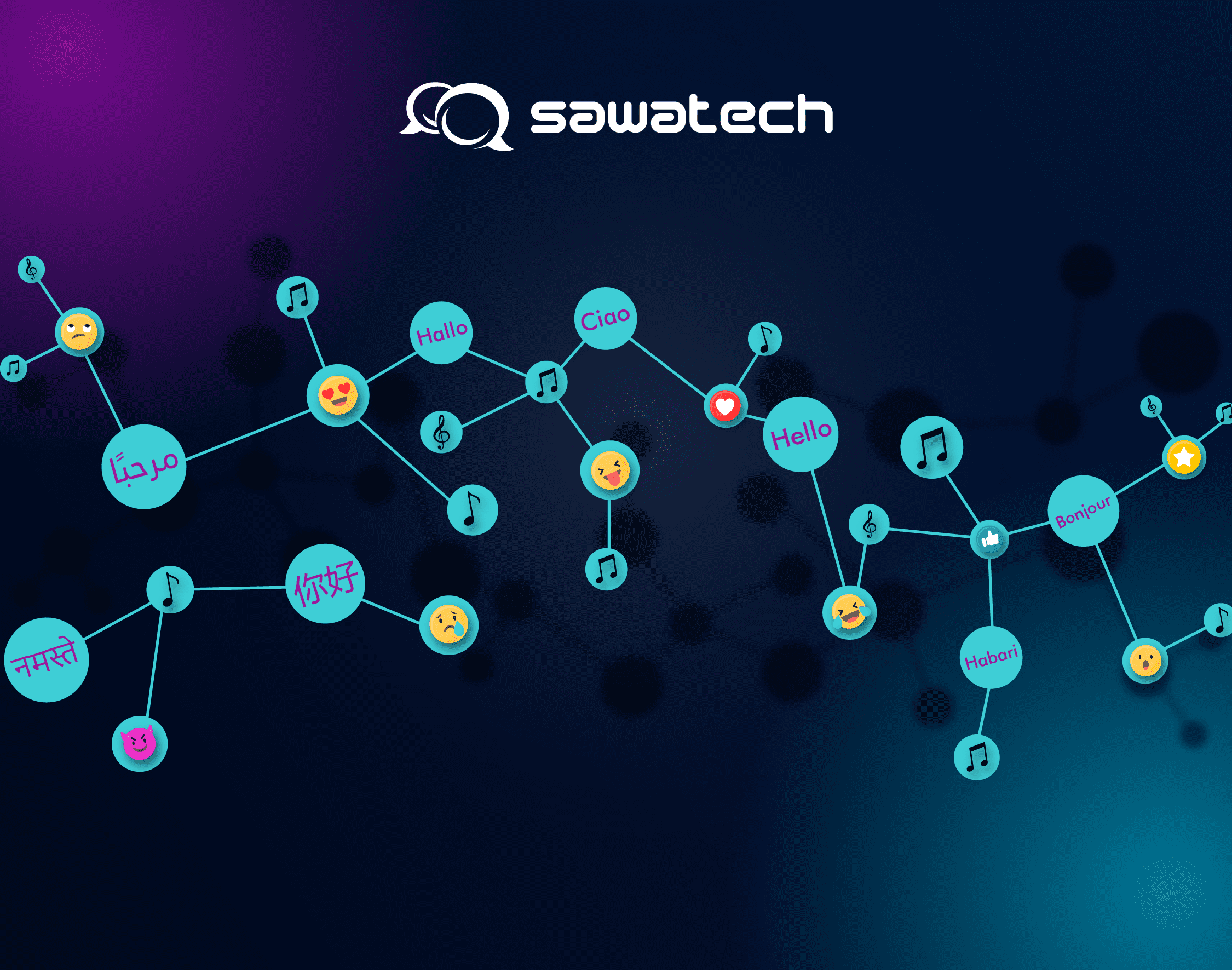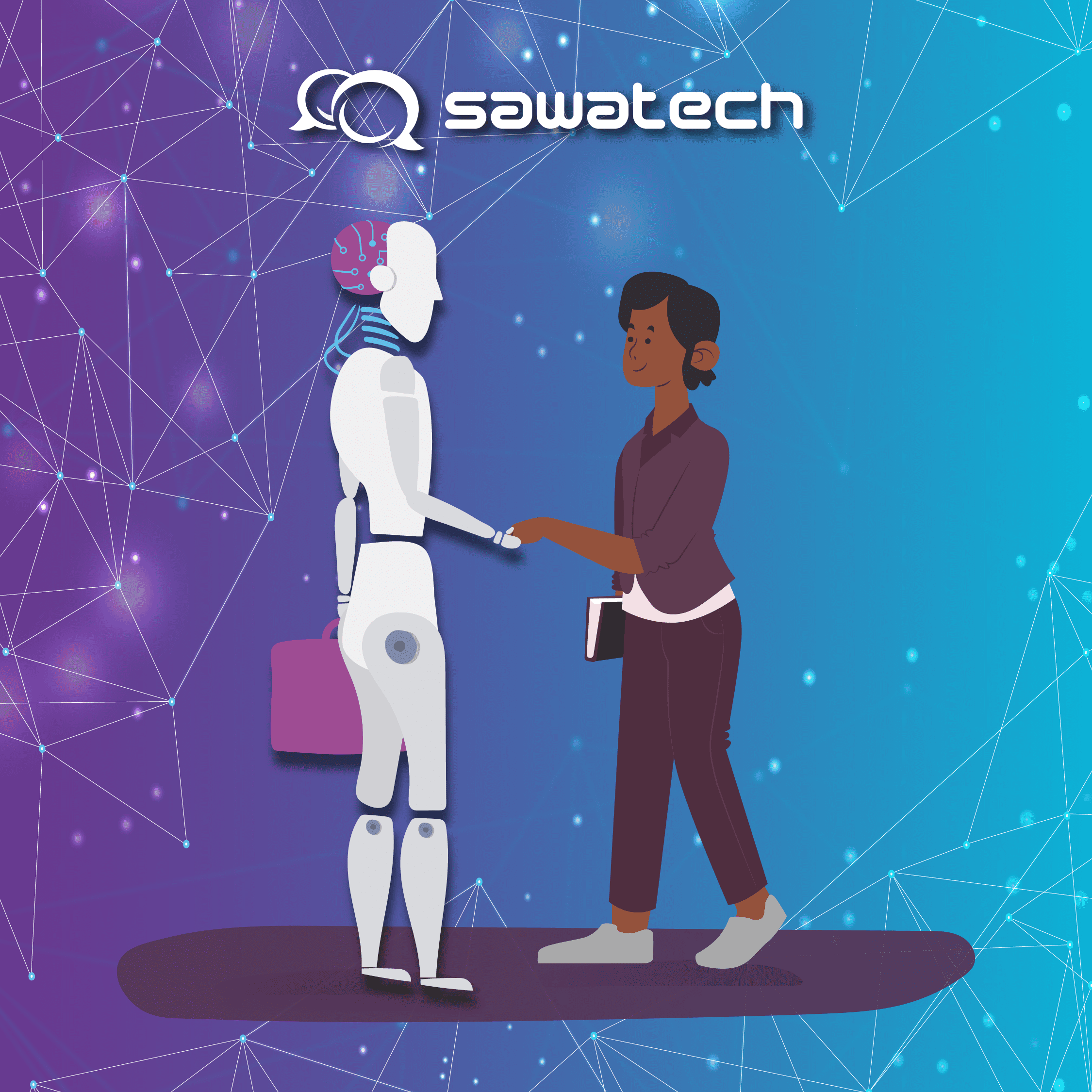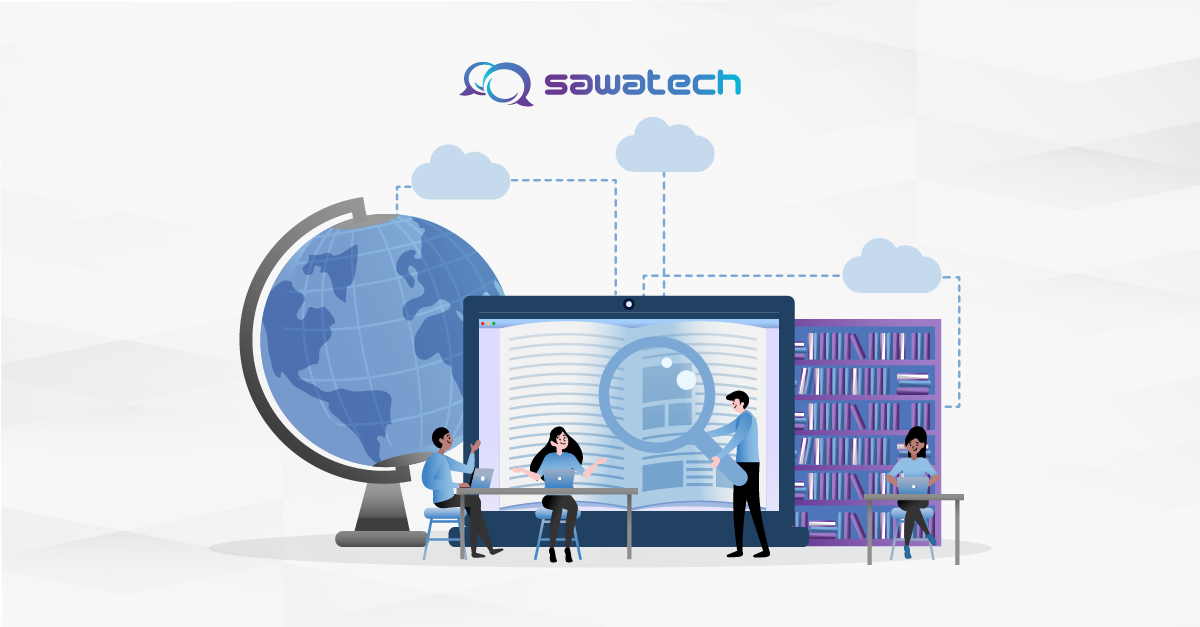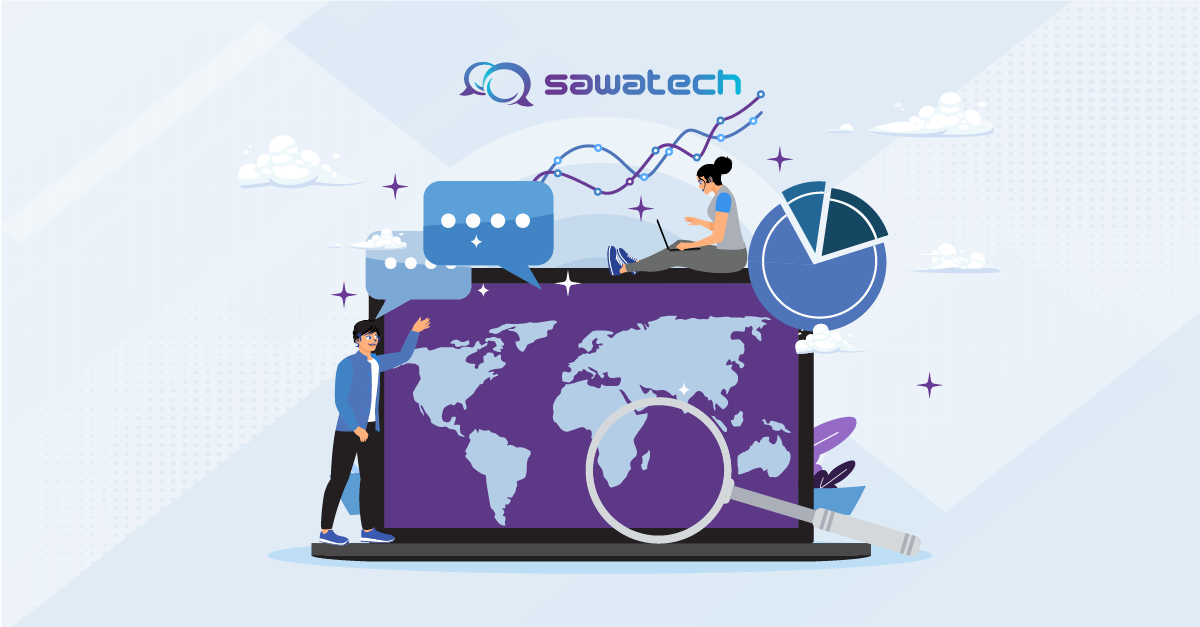AI in Translation and Challenges of This New Path
Artificial intelligence is here to stay, at least for a long time, also in linguistic fields such as translation. This means that, logically, there will be changes in the sector, just as there are whenever a new technology has emerged. There are two sides to this: benefits on many levels that will have an impact on our work in translation and localization, and possible disadvantages in other respects. To avoid the latter, we must develop our critical sense in using artificial intelligence (as happened with machine translation) to automate tasks.
The language barrier is no longer the hurdle that it once was, but it cannot be at any price, that is clear.
Impact of AI on Human Life
For years, artificial intelligence has greeted us from the technological fringes, until it has advanced to the epicentre of our lives. That is why finding the boundary that separates the machine from the person is becoming increasingly difficult, if not impossible.
While we are aware of the benefits of using AI for the automation and facilitation of everyday tasks, we must also realise that it is not all about immediacy and the lack of a human factor.
For instance, for companies to save secondary costs by using artificial intelligence in certain business processes is taking advantage of this tool; however, doing so at the expense of the precariousness of workers is not. The focus is on finding the balance between these two sides of the scale. In another sense, artificial intelligence is useful when we do not know a language and use subtitles on video platforms generated by automation software; however, despite the fact that this content has been accessed quickly and free of charge, the quality suffers greatly.
AI can be a tool that, when used wisely, can produce excellent results, as long as there is a person behind it. If not, we could be in a quagmire.

How to Benefit AI in the Translation and Localization Industry
Translating with artificial intelligence is nothing more than translating with automatic learning systems of neural networks, refined over time. For this reason, the solutions provided by these tools are much more natural than those of machine translation, although a large part of their basis lies in it.
And speaking of machine translation, it is the undisputed predecessor of the automation of tasks or translations in particular. This is the case of post-editing; however, a post-editing job without human revision is nothing more than a text that can be understood, but would hardly be defined as a translation in its own right. If equivalents of the original text have been translated literally into the target text, without taking into account its idiosyncrasies, culture and context, how can it be included in the category of a human translation?
It is another matter if we as professionals make use of software programmes that allow us to carry out our work in a practical and enjoyable way, but without the end result suffering. Why can’t we follow the same train of thought for artificial intelligence applied to translation, then?
Moreover, AI has long been used not only in translation and localization, but also in copywriting or marketing tasks, either for inspiration or as a resource to be used for a professional assignment. Be that as it may, one thing is clear: however much artificial intelligence helps us (which it does quite well), AI translation technology is no match for the human brain. And we doubt that it will be in the near future.
How Sawatech Integrates AI Solutions
Artificial intelligence is at the forefront of the industry, as well as Sawatech. So you would expect us to use AI to improve everything we can in terms of our work. And we always say that we prefer to try and make mistakes, as it is never too late to learn from them, rather than to be left with the doubt of improving results for our clients.
The use of artificial intelligence provides advantages in different areas, such as translations based on machine translation, quality assurance assignments, content management and localization and workflow’s automation, among others. Let’s take a look at them!
Quality Assurance
Part of our process is that, in translation and localization, the result is as polished as possible. However, errors do exist, and some of them are easily correctable if it were not for absent-mindedness. For that, artificial intelligence gives us a hand: it takes care of avoiding that number of errors (coherence, syntactic and typos everywhere).
It is true that we as translators, thanks to our training and experience, are more than capable of dealing with this problem. However, a little help never hurts.
Terminology Management
Similarly, artificial intelligence has an advantage in one aspect: maintaining the internal coherence of a text, because our human memory is finite and limited, i.e. it can remember certain data, but perhaps not the huge amount that an AI can handle in a matter of seconds.
The same goes for glossaries, because if we use a specific glossary for a client, it is easy for them to implement guidelines.
Content Management and Localization
Translation and localization are not only used to give a text a natural flair so that people receive the same message as in the original, but also to win customers in the business world. Artificial intelligence is therefore very useful for building a brand’s digital reputation, as well as for translating into different languages in less time without losing as much quality as we might think in the process.
What’s more, it can even serve as a source of inspiration through tools like ChatGPT. It is not the same to start a copywriting or content localization job from scratch as it is to start with a base, even if you use only a small percentage of it at the end. The important thing is that it has awakened the muse that governs our thinking and in that it works one hundred percent.
Workflow Automation
The icing on the cake is, without a doubt, that artificial intelligence saves not only time on certain tasks, but also costs for the client and for us as a translation company.
Moreover, the use of AI is especially noticeable in large or multinational companies that need their texts to be understood in different markets as quickly as possible, which is why they are turning to this hybrid automation between machine translation and futuristic robotics.
Challenges and Limitations of AI in Translation
But what glitters may not be gold, indeed. The human factor is still essential for artificial intelligence, as well as machine translation, to produce acceptable or quality results. Without it, as we have already mentioned, translations should not be classified as such.
On the other hand, creativity, critical sense and processing of both language and information is diametrically opposed: to begin with, an artificial intelligence has no creative mechanisms per se. It only relies on data that has been put into its mind and which, at best, it will associate appropriately. Nor does it know how to give personal responses (in any case, “artificial ones”) or learn new information except in rare cases. It is therefore adaptive and functional, but depending on the case.
Another element that should be highlighted is to what extent it could be used with regard to data protection or confidentiality, and how sensitive it is on a cultural level to avoid misunderstandings or problems with translation and localization of content.

The Future of AI in Translation and Localization
Frankly, it will be a long time before artificial intelligence is considered a replacement for a human translator.
Day by day, technology is developing, and with it comes new ways of seeing both the world around us and the jobs we do. We may not do exactly the same because of the use of these tools, but the adoption of machine translation was also seen in a very negative light, and human translators still exist (not only that, but they continue to be a big part of the translation process, of course).
AI-based translation and localization can follow the same path. The margin for error exists and will continue to exist because ultimately AI tools used to translate serve us, translators, not the other way around. Translating cannot be relegated to the background in favour of the use of AI, nor can jobs be made more precarious in order to make profits at all costs. However, we must accept that there are changes that are already internalised in the industry.
Seeing this as an opportunity and not a threat is the key to success. And at Sawatech we are more than willing to show you that our translation and localization team knows how to make use of this tool when necessary, without harming any part of the translation process chain.




